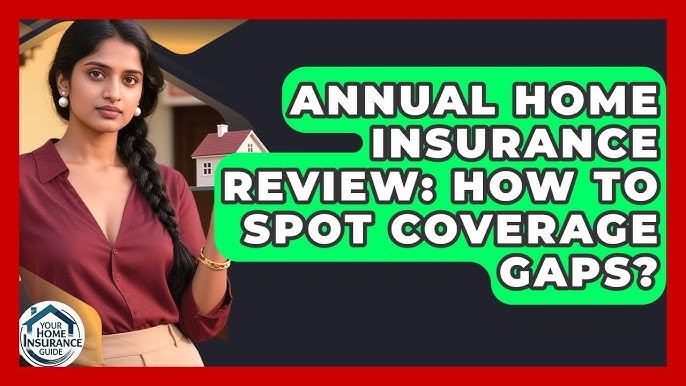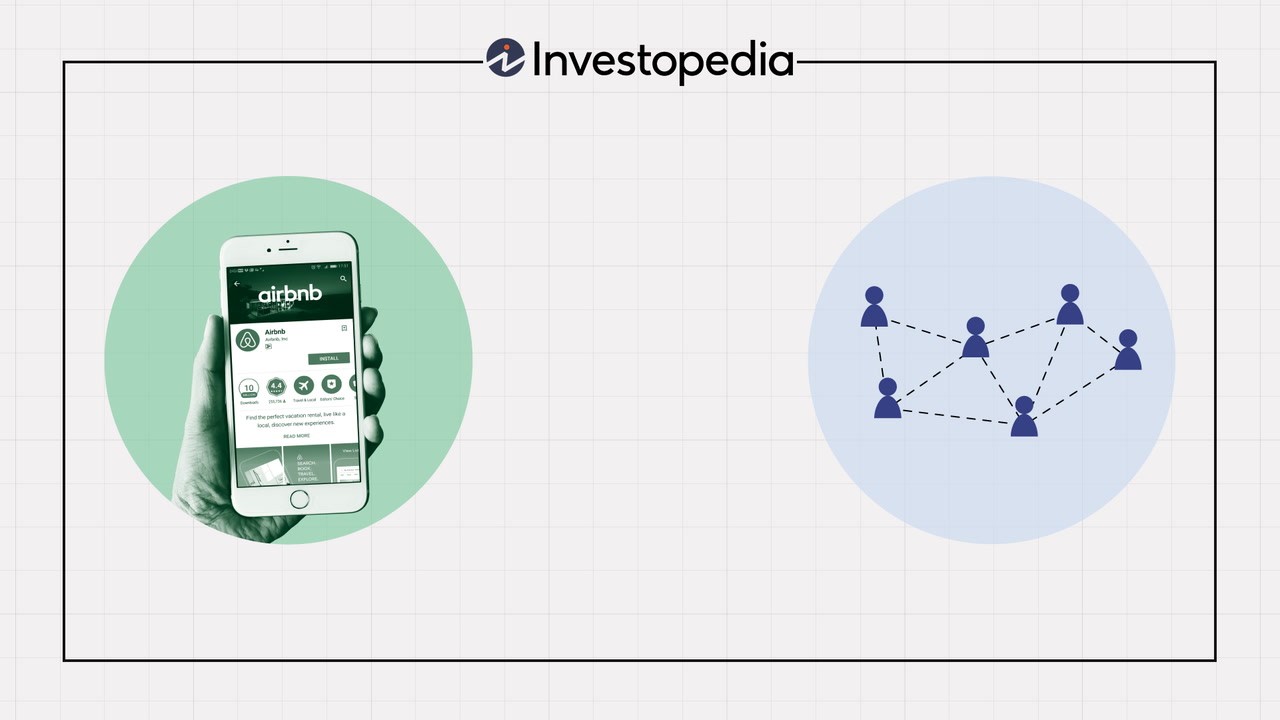Spotting gaps in your insurance coverage isn’t always straightforward. Policies are often dense with technical language, and it’s easy to assume that once you’ve signed on the dotted line, you’re fully protected. But coverage isn’t just about having a policy—it’s about having the right policy, one that aligns with your actual risks and responsibilities. Gaps in coverage can quietly undermine your financial resilience, leaving you exposed at the very moment you expect support. Recognizing those gaps requires a combination of curiosity, self-awareness, and a willingness to ask the right questions.
One of the most common reasons coverage gaps occur is because life changes, but policies don’t. Insurance is often purchased during a specific moment—a new home, a growing business, a major life event—and then left untouched for years. Meanwhile, your circumstances evolve. You acquire new assets, take on new liabilities, or shift your lifestyle in ways that introduce different risks. If your coverage hasn’t kept pace, you may find that key exposures are no longer addressed. For example, a homeowner who adds a home office or installs solar panels might assume their existing policy covers those additions, but without an update, they could be left unprotected. The same applies to businesses that expand operations, hire new staff, or enter new markets. Coverage that was once sufficient may now be incomplete.
Another subtle source of gaps is misunderstanding policy language. Insurance documents are filled with terms that sound familiar but carry specific definitions. Words like “comprehensive,” “replacement cost,” or “acts of God” can be misleading if taken at face value. A policy might cover water damage, but exclude flooding. It might protect against theft, but not employee dishonesty. These nuances matter, and they’re often buried in exclusions, endorsements, or conditions. Spotting gaps means reading beyond the summary and digging into the details. It means asking your broker or insurer to explain how coverage applies in specific scenarios, and not settling for vague reassurances.
Coverage limits can also create gaps, especially when they don’t reflect the true value of what’s being insured. If your policy covers your home for $250,000 but rebuilding costs have risen to $350,000, you’re underinsured—even if the policy is technically active. The same applies to liability coverage. A business with $1 million in liability protection might feel secure, but a single lawsuit could exceed that amount, especially in industries with high exposure. Spotting these gaps involves comparing your coverage limits to current market realities, not just historical benchmarks. It’s about ensuring that your protection is proportional to your potential loss.
Coordination between policies is another area where gaps can hide. Many people and businesses carry multiple forms of insurance—home, auto, health, life, liability—and assume they work together seamlessly. But overlaps and exclusions can create blind spots. For instance, a personal auto policy might not cover business use of a vehicle, even if the vehicle is insured. A general liability policy might exclude cyber risks, which require separate coverage. Spotting these gaps means mapping out your entire insurance landscape and identifying where responsibilities begin and end. It’s about understanding how policies interact, and where they leave space.
Claims history and behavior can also influence coverage in ways that aren’t always obvious. If you’ve had multiple claims, your insurer may impose new restrictions, raise deductibles, or exclude certain types of coverage. These changes can quietly reshape your protection, especially if they’re embedded in renewal documents that go unread. Spotting gaps means reviewing each renewal carefully, not just assuming that last year’s terms still apply. It means staying engaged with your insurer and being proactive about understanding how your coverage evolves over time.
Technology and emerging risks present new challenges as well. Cybersecurity, data privacy, climate-related events, and gig economy dynamics are reshaping the risk landscape. Traditional policies may not address these exposures adequately, or at all. A small business that stores customer data might assume its general liability policy covers a breach, only to discover that cyber liability is a separate product. A homeowner might believe their policy covers wildfire damage, but face exclusions based on geographic risk. Spotting these gaps means staying informed about new threats and asking whether your current coverage reflects the world as it is—not just as it was.
Even your own assumptions can create gaps. People often believe they’re covered because they’ve never had a problem. But absence of claims doesn’t guarantee adequacy of coverage. It’s easy to fall into a false sense of security, especially when premiums are paid automatically and policies are rarely revisited. Spotting gaps means challenging those assumptions, conducting periodic reviews, and treating insurance as a living part of your financial strategy. It’s not just a safety net—it’s a dynamic tool that requires attention and care.
Ultimately, spotting gaps in your coverage is about being intentional. It’s about recognizing that insurance is not a set-it-and-forget-it product, but a relationship that evolves with your life and your goals. It requires curiosity, diligence, and a willingness to engage with complexity. When you take the time to understand your coverage, ask questions, and make adjustments, you transform insurance from a passive expense into an active form of protection. And that transformation is what ensures that when the unexpected happens, you’re not just covered—you’re truly prepared.





